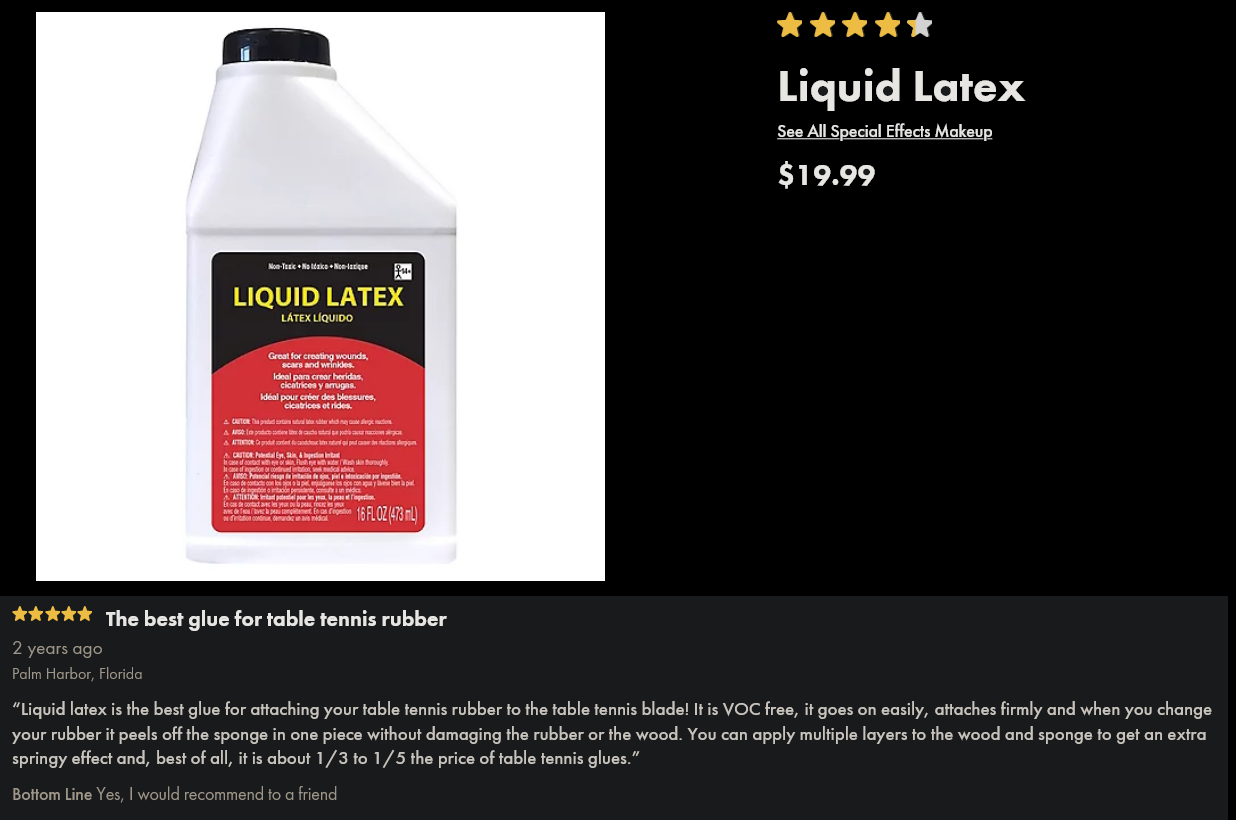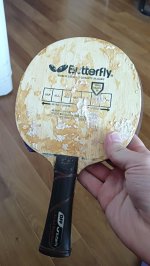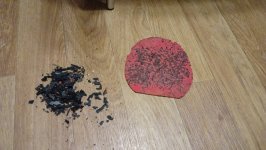This user has no status.
This user has no status.
Well-Known Member
welp. I have opposite experience. Yinhe booster-glue torn my limba on Donic Appelgren. That particular example I would not call exactly weak.
interesting.
I can't say I know Yinhe the most, but I might be one of the person in this forum who knows them pretty well.
I've been involved with them for almost 10 years now, and i'm eager to hear how did it torn your limb/a
Did you mix anything on there?














